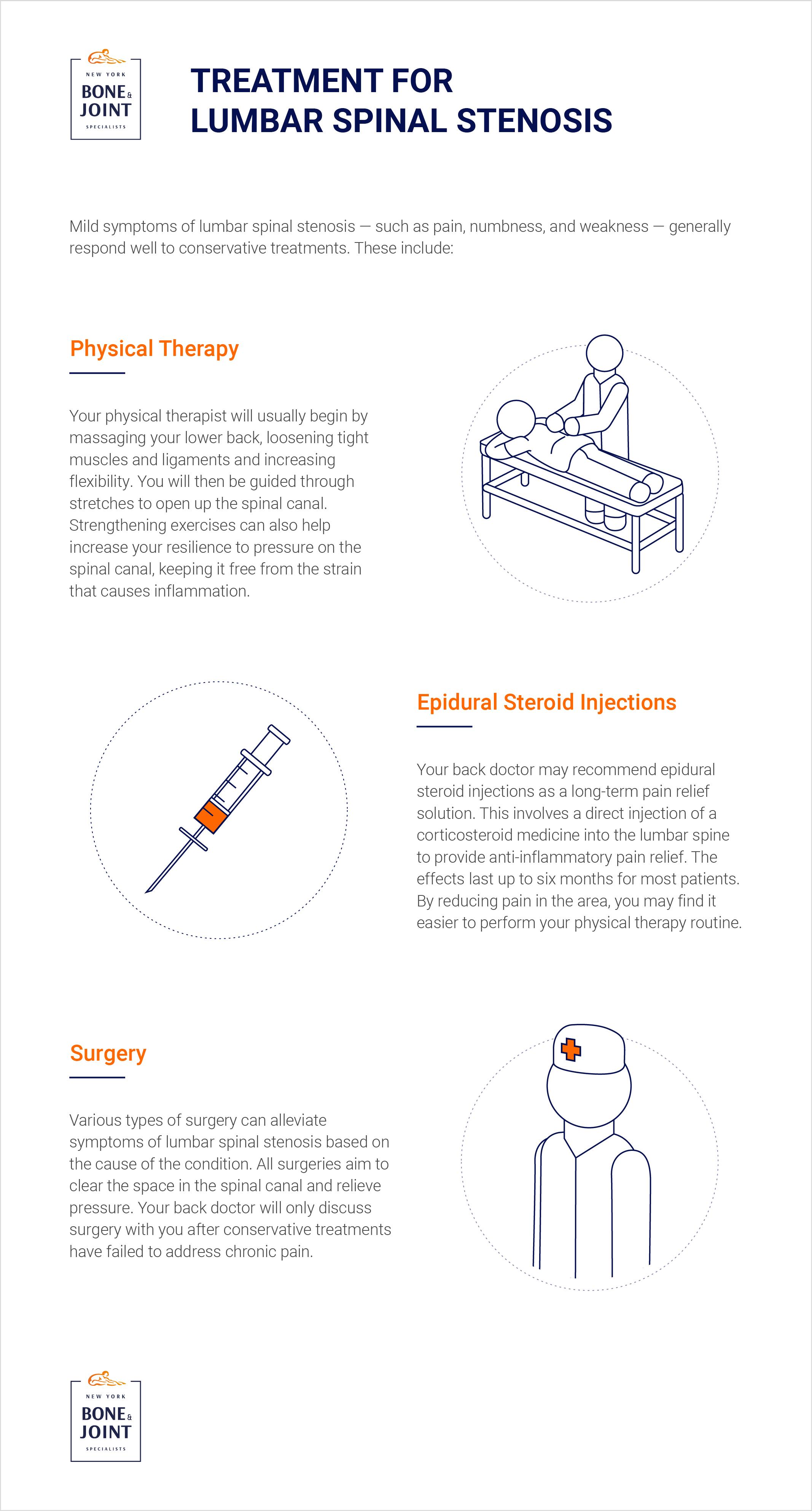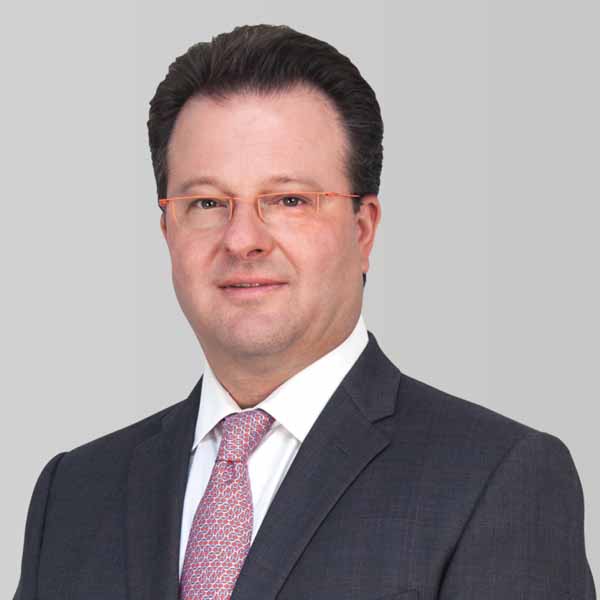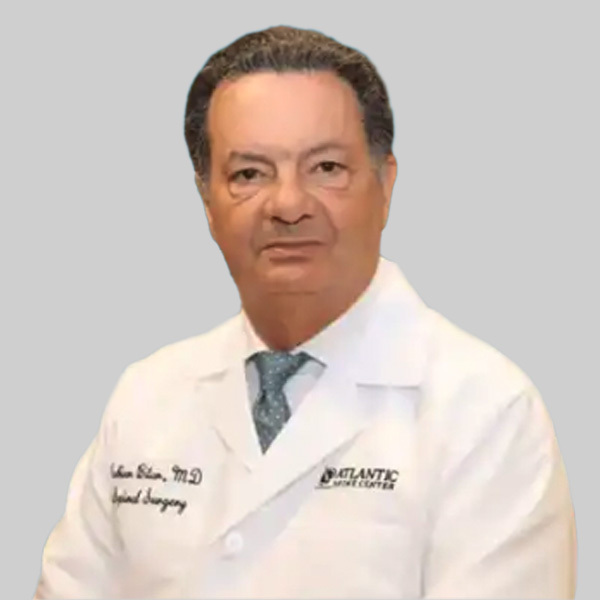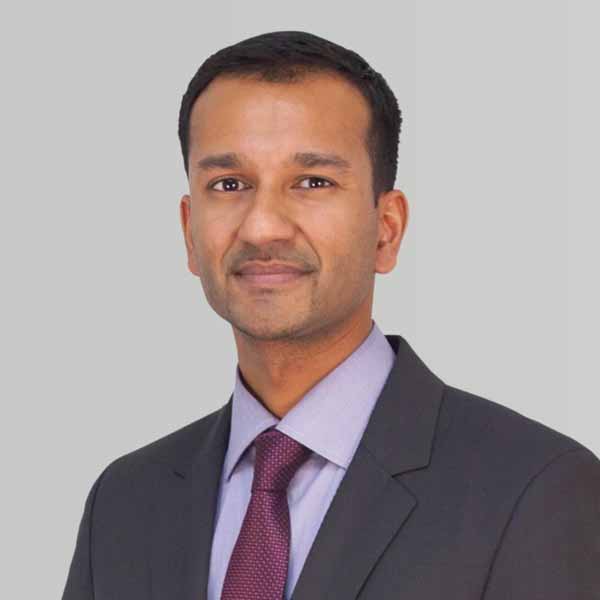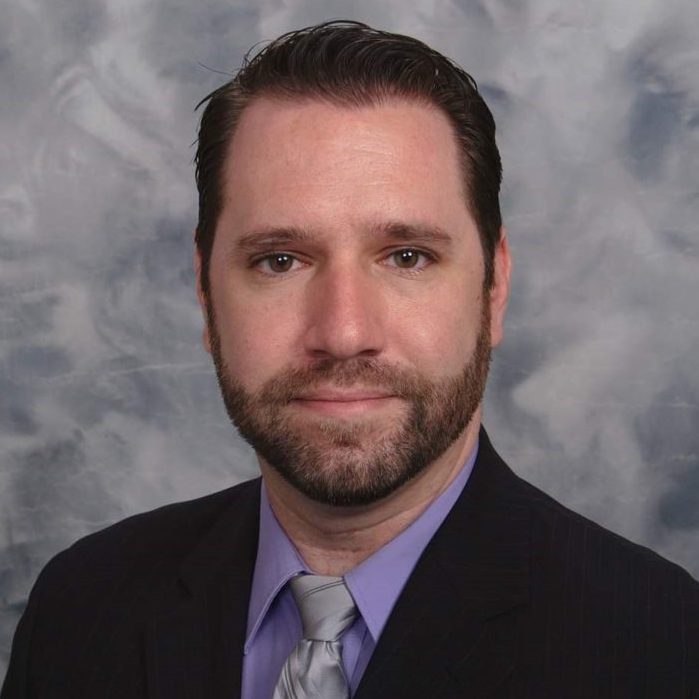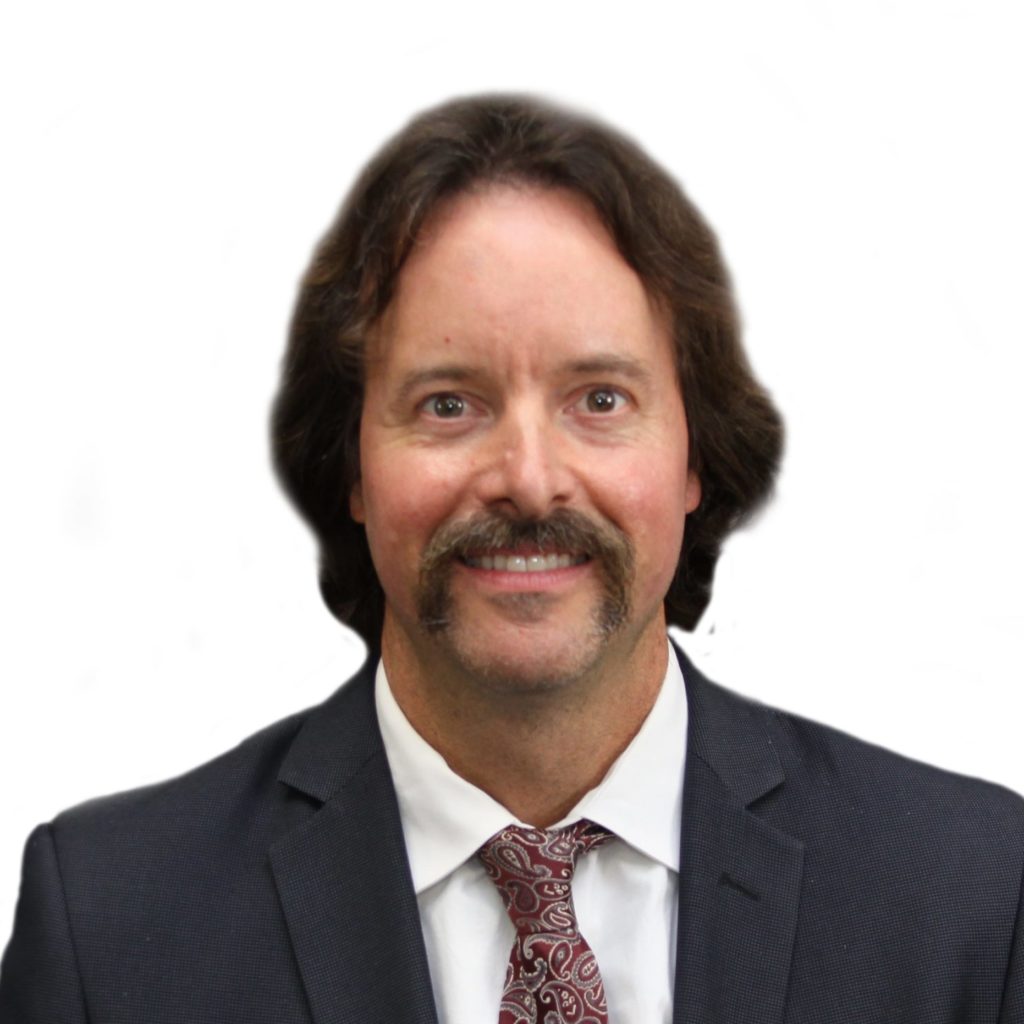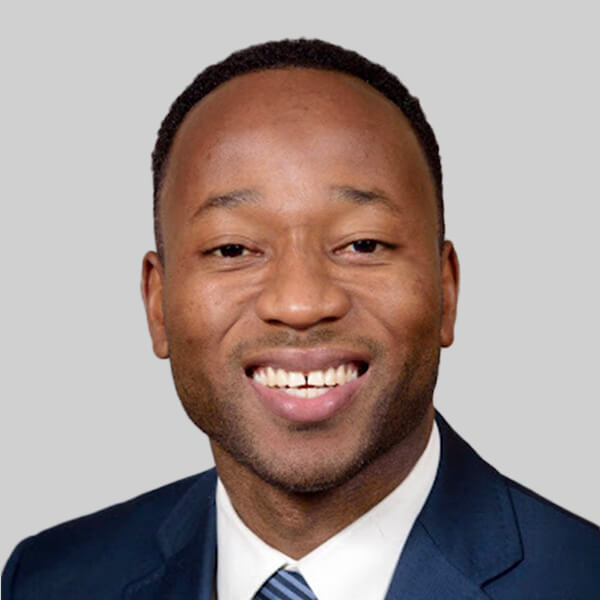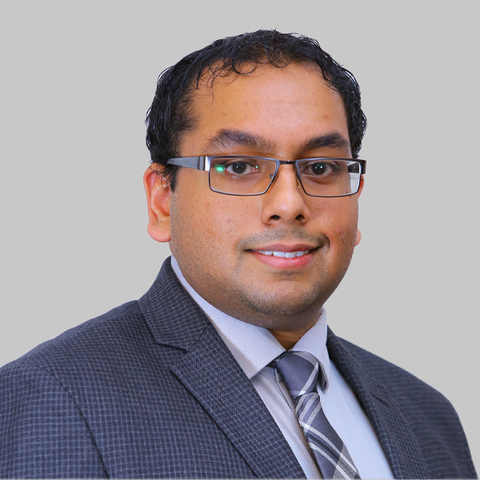Lumbar spinal stenosis is a common source of lower back pain in older patients. Many symptoms of aging result in a narrowing of your spinal canal, which can have a range of adverse effects. Degenerative changes affect 95% of people by the age of 50. Lumbar spinal stenosis refers to the reduced space in your spinal canal of your lower back due to these changes. While you may not feel the effects of lumbar spinal stenosis directly, it can lead to more painful conditions, usually spinal myelopathy. These more serious conditions occur when lumbar spinal stenosis progresses far enough that the spinal canal presses on the spinal cord that runs through it. This can impinge upon nerve roots of the spinal cord that branch out throughout the body.
CAUSES
As we age, the discs, tissues, and bones of our spine are less able to withstand wear and tear. After years of supporting our body weight, the lumbar spine is especially susceptible to injury, pain, and degenerative diseases. Lumbar spinal stenosis is usually caused by these consequences of years of use. The most common causes of lumbar spinal stenosis include:
- Arthritis – All kinds of arthritis cause chronic inflammation. Spinal arthritis usually occurs after years of your vertebrae moving under the pressure of your body weight. This wears down the cushioning discs between your vertebrae and causes the bones to rub against each other, which causes swelling and irritation in the spinal canal.
- Degenerative Disc Disease – As we age, the soft discs between our vertebrae begin to dehydrate and shrink. Aging cells are unable to repair themselves well, so the discs may continue to degenerate, leaving the vertebrae to rub against each other, leading to swelling and irritation within the spinal canal.
- Soft Tissue Thickening – As a response to inflammatory diseases, like arthritis, the ligaments that support our vertebrae will increase in size. The irritation from bones rubbing each other can cause the tissues to swell. Tissues will also swell when strained from spinal dislocation or when torn and damaged. This decreases the space within the spinal canal.
- Bulging or Herniated Discs – Since our vertebral discs are more dehydrated and less resilient in elderly patients, they are more susceptible to damage. Disc membrane may tear or even become infected, swelling into the spinal canal.
- Trauma – Dislocated vertebrae or fractured bone can rub against surrounding tissues and strain supportive muscles. This will lead to swelling and decreased space in the spinal canal.
- Osteophytes – Bone spurs are overgrowths of bone that may occur from wear and tear or injury. If large enough, they can decrease the space in the spinal canal.
- Tumors – A much less common cause of lumbar spinal stenosis, large tumors may severely limit the space in the spinal canal.
SYMPTOMS
Symptoms vary greatly from patient to patient. You may not realize that you have lumbar spinal stenosis at all, or you may be in severe pain if it has progressed enough to compress certain nerve roots. A person may have none or all of the following symptoms:
- Lower Back Pain – Back pain is the most common symptom of lumbar spinal stenosis and may range from mild to severe. Pain will be worse when walking or moving and is usually burning.
- Numbness/ Tingling in your lower extremities
- Weakness in the your legs, especially while walking
- Pain is usually alleviated when you bend forward, since this position should increase space in the spinal canal
DIAGNOSIS
Your back doctor will first inquire about your medical history and ask what positions or activities make your symptoms better and worse. Then, your back doctor will physically examine your lower back. Your back doctor may put pressure on certain areas and ask you to bend different ways to see where your pain originates and how limited your range of motion is. Your back doctor may need multiple imaging tests to correctly diagnose lumbar spinal stenosis. An x-ray is useful in determining problems with the vertebrae, like if there are bone spurs present, or if there is a fracture or misalignment. An MRI helps your back doctor find problems with tissues, such as thickened ligaments or damaged discs. Both tests will help your back doctor determine how much space is between your vertebrae, which is especially helpful since bone friction from arthritis or degenerative disc disease is the most common cause of lumbar spinal stenosis.
TREATMENT
If you have mild symptoms from lumbar spinal stenosis, you will probably respond very well to conservative treatments. Your back doctor will discuss a wide range of treatment options with you and help determine which is most appropriate and seems to work best for your back pain.
- Physical Therapy – Physical therapy is the first option for treatment of mild lumbar spinal stenosis. Your physical therapist will usually massage your lower back, loosening tight muscles and ligaments and increasing flexibility in the back. You will then be guided through stretches that can reduce the size of thick ligaments and open up the spinal canal. Once you’ve continued enough routine sessions of stretches, your physical therapist will guide you through strengthening exercises for your lower back and core muscles. Strengthening the supporting muscles will help increase your resilience to put pressure on the spinal canal, keeping it clear from strain that causes inflammation in the future. A session will usually end with ice or other modalities that may immediately help with pain.
- Acupuncture – If you suffer mild pain from lumbar spinal stenosis, you may benefit from a safe, natural acupuncture treatment. Your acupuncturist will locate specific points of interest that may be the source of your pain. By inserting a specially chosen type of needle into the determined areas, pain may be alleviated.
- Epidural Steroid Injections – Your back doctor may recommend epidural steroid injections as a long term pain relief solution. This involves a direct injection of a corticosteroid medicine into the lumbar spine to provide anti inflammatory pain relief. The effects last up to six months for most patients. By reducing pain in the area, you may find it easier to perform a physical therapy routine and improve your condition in the long term.
SURGICAL
Various types of surgery will aleviate symptoms of lumbar spinal stenosis based on the causal factor. All surgeries aim to clear the space in the spinal canal. This may involve removing bone over growth, or damaged discs. It may also require more extensive procedures like spinal fusion. This surgery fuses two vertebrae together when there is no longer a cushioning disc between them and their grinding is causing severe irritation to the spinal cord. All surgeries involve risk. Your back doctor will only discuss surgery with you after conservative treatments have failed to alleviate chronic pain.
Lumbar Spinal Stenosis is a common source of lower back pain in older patients. Many symptoms of aging result in a narrowing of your spinal canal, which can have a range of adverse effects. Degenerative changes affect 95% of people by the age of 50. Lumbar spinal stenosis refers to the reduced space in your spinal canal of your lower back due to these changes. While you may not feel the effects of lumbar spinal stenosis directly, it can lead to more painful conditions, usually spinal myelopathy. These more serious conditions occur when lumbar spinal stenosis progresses far enough that the spinal canal presses on the spinal cord that runs through it. This can impinge upon nerve roots of the spinal cord that branch out throughout the body.
_________________________________
EXPERIENCING PAIN? DO YOU HAVE AN INJURY?
Our Specialists are here to help.
Book an appointment with NYC’s best orthopedic specialists to discuss your condition. Fill out the form below and you will receive a call from our office within 5-10 minutes. We’ll book an appointment at a time and location that work for you, and send you a reminder by email.
